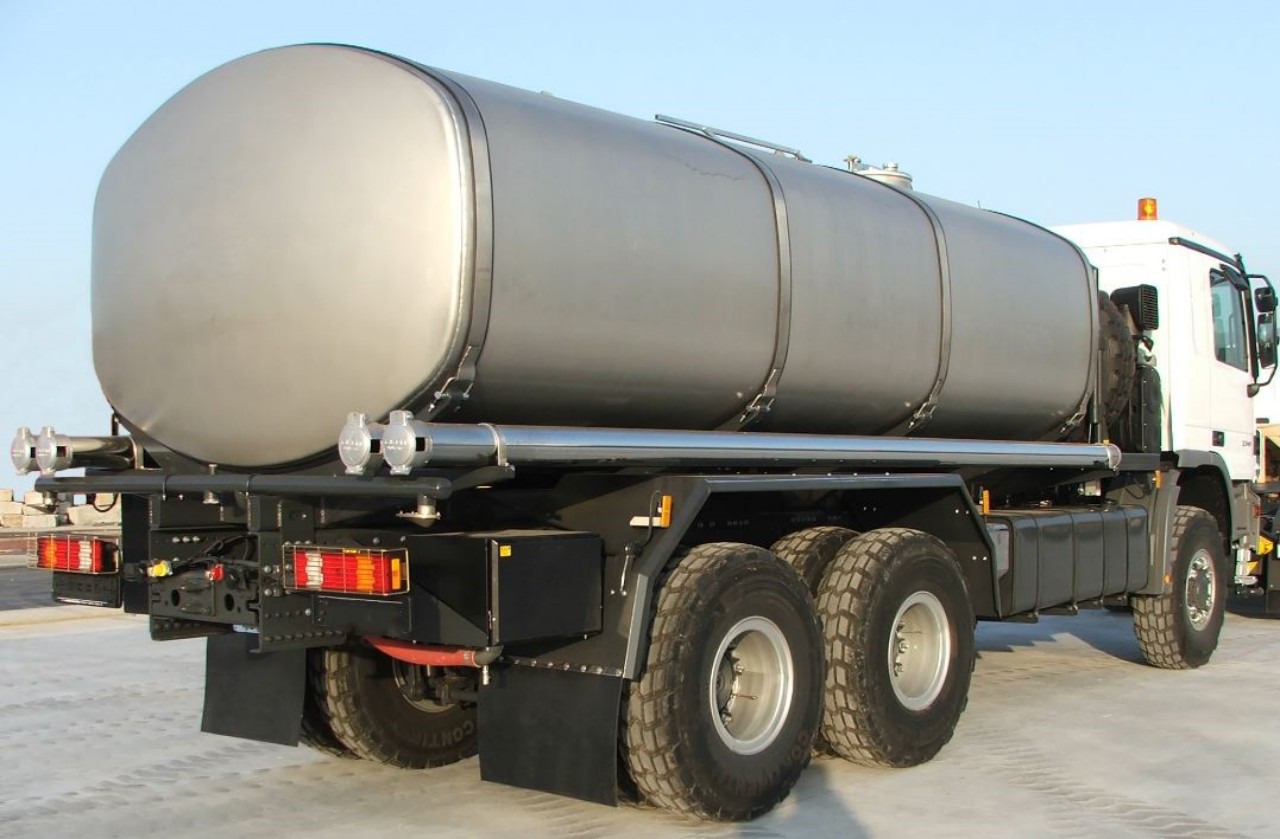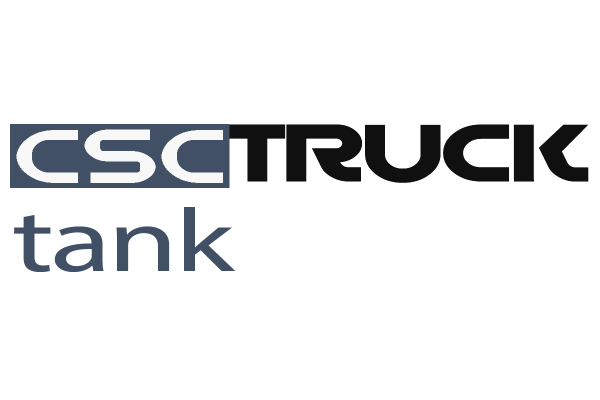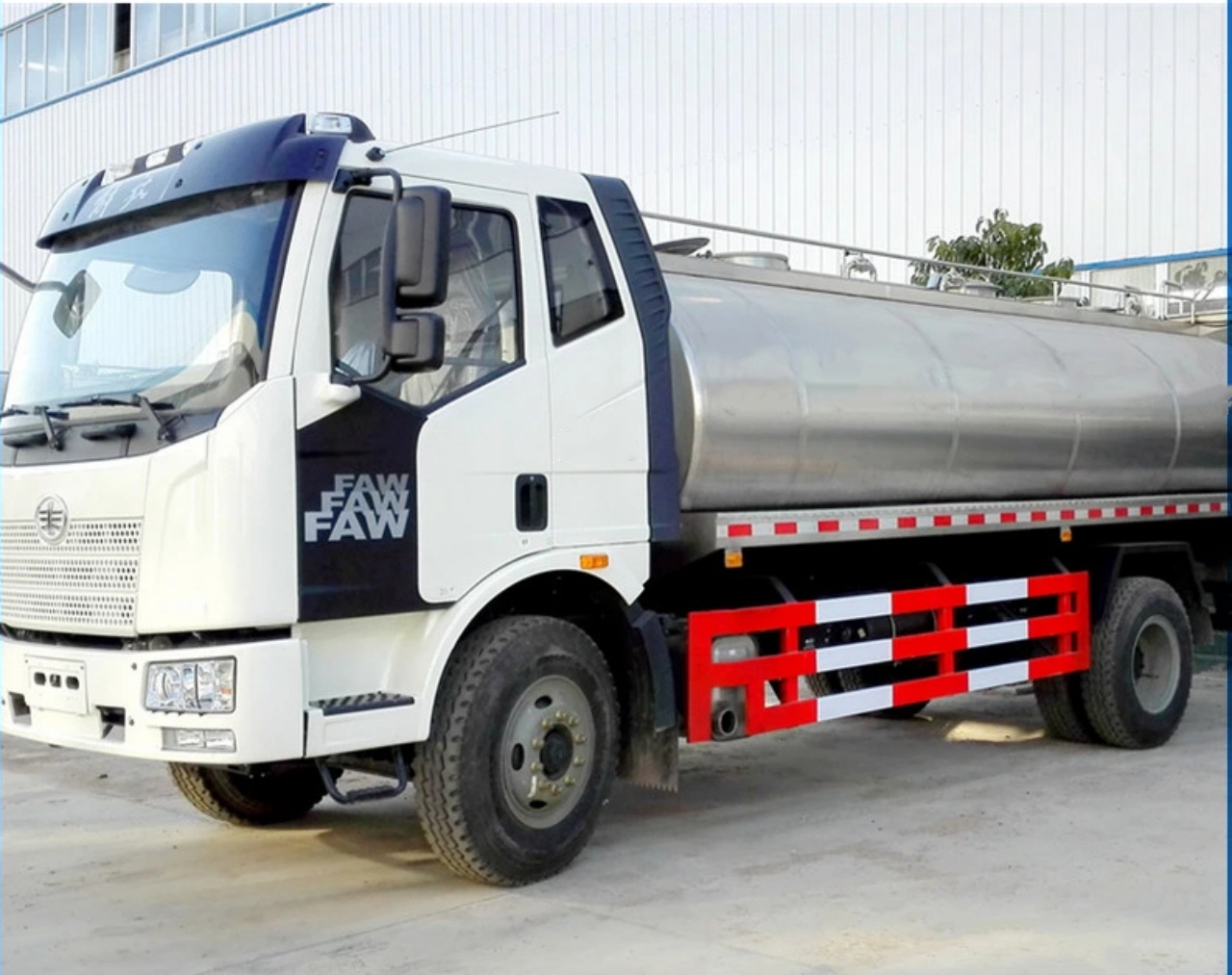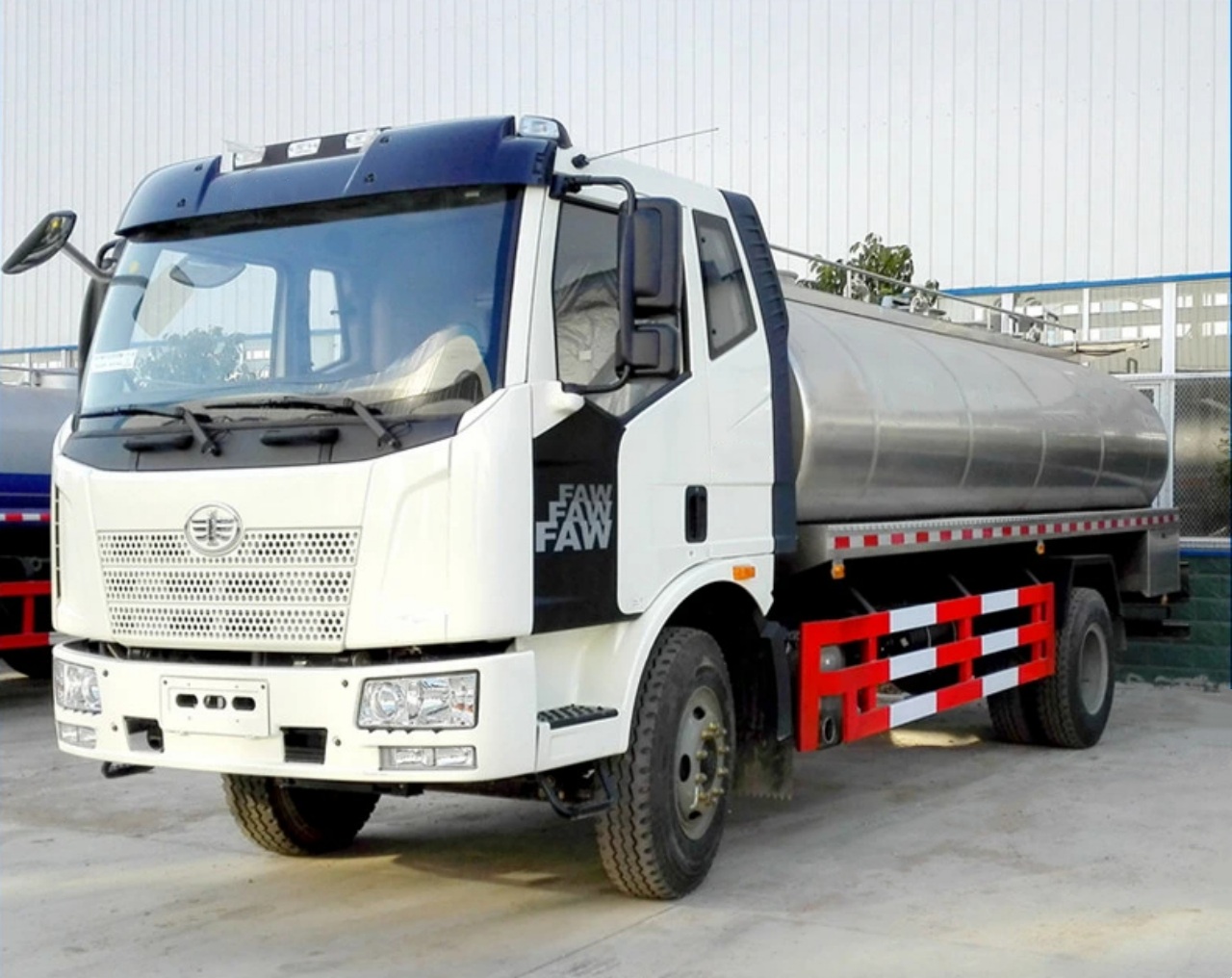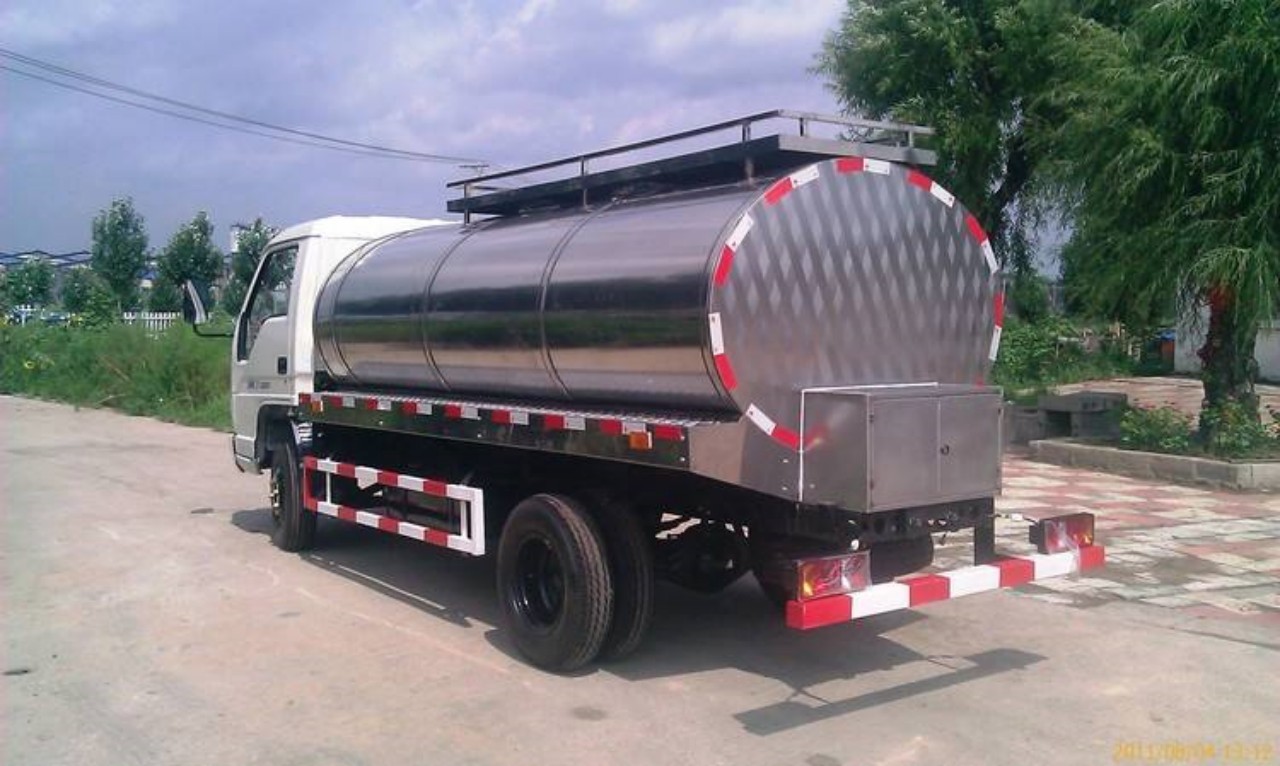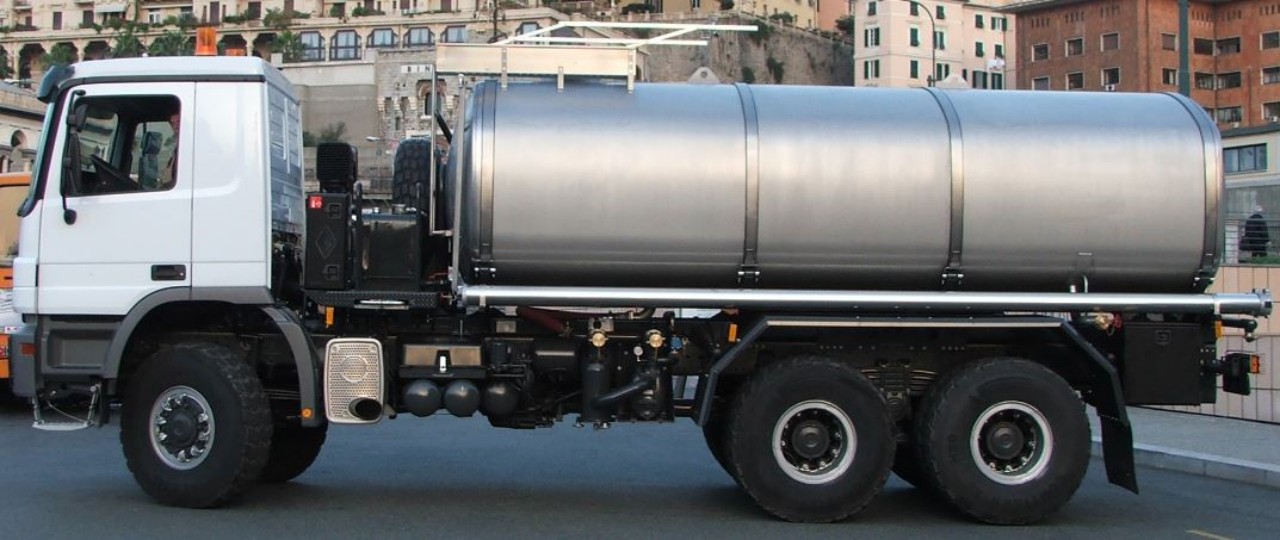In the modern logistics landscape, the demand for specialized transport solutions has grown alongside increasing regulations, quality standards, and customer expectations. Among the most essential of these solutions are stainless steel tank trucks—versatile, durable, and sanitary vehicles used for transporting both food-grade and chemical-grade liquids. These tankers bridge critical supply chain gaps by ensuring safe, contamination-free, and regulation-compliant delivery of sensitive cargo such as edible oils, milk, fruit concentrates, and industrial chemicals. This article explores the dual-role efficiency of stainless steel tank trucks in food-grade and chemical-grade transport, their construction, regulatory considerations, and operational advantages.
The Importance of Material Choice: Why Stainless Steel?
Stainless steel is the material of choice for tank truck construction when purity, strength, and chemical resistance are non-negotiable. Grades such as 304 and 316L stainless steel are commonly used, each offering exceptional corrosion resistance, smooth interior surfaces, and ease of cleaning.
- 304 stainless steel is ideal for most food products and some mild chemicals. It is resistant to oxidation and food acids, ensuring no flavor or odor transfer.
- 316L stainless steel contains molybdenum, which enhances corrosion resistance to aggressive chemicals such as chlorides and acidic compounds. This makes it more suitable for chemical-grade transport.
The inertness of stainless steel ensures that the contents of the tank do not react with the interior surface of the tank, a critical consideration for food safety and chemical stability.
Food-Grade Transport Applications
Stainless steel tank trucks are essential for maintaining hygiene standards in the transportation of liquid food products. These trucks typically meet stringent standards set by regulatory agencies like the FDA, USDA, and local health authorities. The tanks are designed with sanitary welds, polished interiors, and CIP (Clean-In-Place) systems to minimize the risk of bacterial contamination.
Common food-grade cargo includes:
- Milk and dairy products
- Vegetable oils
- Fruit juices and concentrates
- Sugar syrups and glucose
- Wine, beer, and other beverages
Key features that enable food-grade transport:
- Insulated tanks are used to maintain temperature control.
- Compartments for carrying multiple loads without cross-contamination.
- Hygienic seals and valves, typically made of food-safe materials.
- Non-reactive, easy-to-clean surfaces to support rigorous sanitation.
Chemical-Grade Transport Applications
Chemical transport places a different kind of demand on stainless steel tank trucks. The emphasis here is on corrosion resistance, chemical compatibility, and pressure management. These tanks often carry hazardous materials (hazmat) and must comply with stringent regulations such as those set by the U.S. Department of Transportation (DOT), ADR, or IMDG, depending on the region and transport mode.
Common chemical-grade cargo includes:
- Sulfuric acid
- Sodium hydroxide
- Pharmaceutical intermediates
- Solvents and alcohols
- Industrial detergents and reagents
Features critical to chemical-grade transport:
- Pressure-relief systems are used to manage internal pressure due to temperature fluctuations.
- Vapor recovery valves for environmental safety.
- External insulation or lining, sometimes paired with steam coils for heat-sensitive materials.
- Corrosion-resistant fittings, including PTFE gaskets and coated valves.
Some chemical-grade stainless tanks may also include double-walled construction for added protection against leaks or punctures during accidents.
Design Features and Configurations
Stainless steel tank trucks come in a variety of configurations, tailored to meet the demands of food or chemical transport.
- Single-compartment tanks are standard for bulk delivery of 1 product.
- Multi-compartment tanks enable the transport of several compatible products simultaneously, ideal for foodservice distribution.
- Insulated or non-insulated tanks, depending on thermal requirements.
- Heated tanks using steam coils or electric heating systems for temperature-sensitive chemicals or food items like chocolate or syrup.
Tank volume generally ranges from 5,000 to 11,600 gallons, depending on road regulations and gross vehicle weight limits. The trucks are often mounted on rigid or semi-trailer chassis, depending on regional use and payload requirements.
Cleaning and Sanitation: A Critical Process
Whether transporting food or chemicals, thorough cleaning between loads is a regulatory and practical necessity. Food-grade tanks are cleaned using hot water or caustic cleaning agents in automated CIP systems that reach every internal surface. This prevents microbial growth and cross-contamination.
Chemical-grade tank cleaning is more complex and often specific to the chemical being transported. It may involve neutralization agents, steam stripping, and strict waste disposal protocols. Many operators use certified wash stations for specialized cleaning and documentation.
Regulatory Compliance
Compliance is a cornerstone of both food and chemical transport. Here’s how tank truck operators manage it:
- Food-Grade Transport Regulations:
- FDA Food Safety Modernization Act (FSMA)
- Sanitary Transportation Rule (21 CFR Part 1 Subpart O)
- HACCP guidelines and 3rd-party audit standards
- Chemical Transport Regulations:
- DOT Hazardous Materials Regulations (49 CFR)
- ADR (Europe), IMDG (international shipping)
- Tank certification and testing (pressure, thickness, corrosion checks)
Failing to comply can lead to fines, delivery rejections, or worse, health and environmental hazards.
Operational Efficiency and Safety
Stainless steel tank trucks offer several operational advantages:
- Durability: Stainless steel’s resistance to dents, corrosion, and fatigue increases vehicle life.
- Low maintenance: Fewer repairs and longer service intervals reduce downtime.
- Higher payload-to-weight ratio compared to carbon steel tanks, especially for liquid food transport.
- Safety systems: Anti-rollover devices, electronic braking systems, and pressure monitoring enhance driver and public safety.
Operators also benefit from flexibility—the ability to use the same fleet for different applications by thoroughly cleaning and certifying the tank between uses.
Sustainability Considerations
In an era of sustainability, stainless steel tanks score well:
- Recyclable: Stainless steel is fully recyclable with minimal loss of quality.
- Reusable: Tanks have a long operational lifespan, reducing material waste.
- Energy-efficient insulation reduces the fuel needed for temperature control.
Additionally, advanced logistics tracking and route optimization systems used in stainless steel tank truck operations contribute to lower emissions and better resource utilization.
Conclusion
Stainless steel tank trucks play a pivotal role in the transportation of both food-grade and chemical-grade liquids. Their dual-capability design, hygienic construction, and resilience to harsh substances make them indispensable in industries ranging from agriculture and foodservice to petrochemicals and pharmaceuticals. With ever-stricter quality and safety standards, these tankers ensure that critical goods arrive safely, uncontaminated, and in compliance with global regulations. As logistics evolves, stainless steel tank trucks continue to offer a powerful, adaptable solution for safe liquid transport across sectors.
